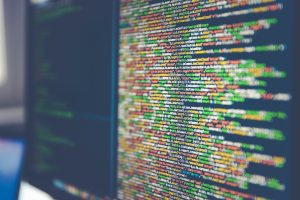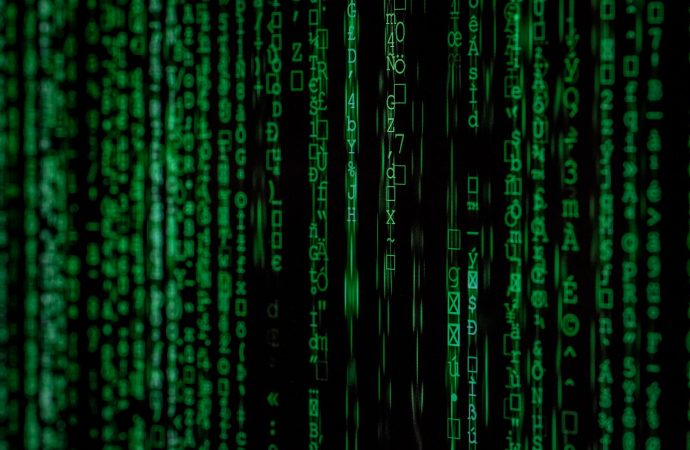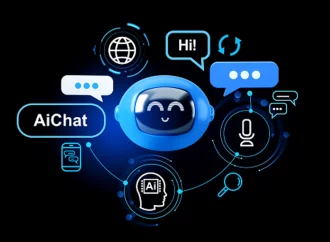Introduction Chatbot GPT, commonly referred to as the third version of GPT, has transformed the realm of AI chat assistants by creating responses resembling humans to diverse questions. This has greatly pushed the boundaries in the area of NLP and has unlocked novel opportunities for interactive and compelling discussions with machine learning. Nevertheless, comprehending the
Introduction
Chatbot GPT, commonly referred to as the third version of GPT, has transformed the realm of AI chat assistants by creating responses resembling humans to diverse questions. This has greatly pushed the boundaries in the area of NLP and has unlocked novel opportunities for interactive and compelling discussions with machine learning. Nevertheless, comprehending the data origins used for its training can present valuable observations concerning the quality of its results. In contrast to the mistaken belief that ChatGPT extracted the whole internet for the data it used, there existed a careful procedure of data arrangement engaged in developing the training data. Let’s investigate the data sets that were employed to educate the conversational AI model GPT. Information management was instrumental in determining its capabilities.
ChatGPT (GPT-3) Data Sources
The cornerstone of ChatGPT’s education resides in the Common Crawl corpus. That makes up most of the instructional data. Frequent Scour represents a accessible and cost-free collection of data that consists of petabytes of collected data from the online realm from 2008 onwards. To train ChatGPT, a portion of this data spanning from 2016 to 2019 was put to use, reaching a size of 45 TB in compressed plain text format. Following the filtration process, the information set was decreased to only 570 gigabytes. That is equal to roughly 400 billion byte encoded units.
Moreover, Training ChatGPT contained other datasets including WebText2. The dataset includes HTML text from external links from Reddit with a minimum of 3 upvotes. Furthermore, Novels1 and Novels2, two digital book datasets, alongside Wikipedia articles in English, were used for training purposes. The team at OpenAI collected datasets that they deemed higher-quality on a more regular basis, causing certain datasets getting sampled two to three times in the training process. Some, such as Common Crawl as well as Books2, were selected infrequently.

Photo by Markus Spiske on Unsplash
The Three-Part Data Procedureing Process
The training data underwent a three-step process of preparation:
Download and Filter: An edition from the Common Crawl dataset underwent filtering. This was founded on the similarity to a variety of top-notch reference datasets.
Deduplication: Duplicate removal took place within the documents, in both individual datasets and across them, to remove duplicate data.
Augmentation: Premium reference collections were included in enhance and vary the Common Crawl repository.
The Strength of Top-notch Information and Bigger Approaches
In contrast to common belief the idea that vast quantities of data are crucial for the intelligence of AI models, recent findings have revealed that employing a lesser volume of high-quality data with a more extensive model, assessed in parameters, delivers improved results. Regarding GPT-3, the change is apparent with its settings rose from a hundred million during 2018 surpassing an incredible a hundred and seventy-five billion in the GPT-3 model.
A fascinating parallel is established in relation to how humans acquire language. It is necessary for us just a couple of illustrations to understand notions at a moderate level of expertise. Likewise, educating AI models using top-notch data and bigger models allows them to acquire intricate patterns and frameworks of everyday language. This results in increased human-like language generation and greater knowledge of communication.
The Constraints of the Third Generation of GPT in Software Development
Although GPT-3 shows its capability for generating code, it is essential to understand that it does not an extensive programming language model. It is a effective instrument for program creation, but it has boundaries and should not be trusted as a full programming solution. The ability to generate program code which are properly structured and adhere to programming conventions is astonishing. Nevertheless, it might not necessarily understand the reasoning or objective in the code it creates. Moreover, The AI model is unable to validate or fix errors in the programming code without assistance.
Nonetheless, The proficiency of GPT-3 for generating code stems from the access to an extensive collection of text. The data set contains many samples of computer programming. Through comprehending coding languages’ designs, frameworks, and syntax, GPT-3 can generate code that follows these principles. Nevertheless, it is crucial to understand that the code generated by GPT-3 is founded on acquired models and might not necessarily lead in ideal or errorless code.
DALL E 2 Data Providers for Generating Images from Text
Before the introduction of ChatGPT, DALL-E came into existence, an AI model that primarily focused on generating images based on textual input. DALL-E 2 enhanced the procedure by utilizing a dissemination model. In this method, neural models are educated to enhance images by reducing the presence of pixelation. This collection related to DALL-E-2, referred to as Laion5B, comprises billions of written and visual combinations gathered from the web. LAION retrieves images through analyzing the information in Common Crawl, recognizing IMG tags which include alt-text attributes.
The Relevance of Top-Notch Carefully Selected Information
The achievement of creative artificial intelligence models including ChatGPT and DALL-E-2 is not solely caused by their framework and scope. This is also credited to the excellent carefully selected data used for educational purposes. Artificial intelligence models utilize heuristics naturally, and comprehending the sources of data assists in predicting potential results. Given that AI investments keep to increase, the access to these comprehensive datasets might become more difficult to uncover.
Conclusion
Deciphering the information sources supporting ChatGPT presents valuable understanding inside the technique of educating AI models. The meticulous selection of information, emphasizing high standards rather than quantity, has played a crucial role in the extraordinary aptitude of GPT-3 technology. Likewise, The visual generation of DALL-E-2 text-to-image generation utilizes carefully selected data in order to produce exceptional results. By understanding the importance of top-notch data and bigger models, we can foresee additional progress in machine learning abilities and uses. It will create promising opportunities in the coming years within AI.























Leave a Comment
Your email address will not be published. Required fields are marked with *